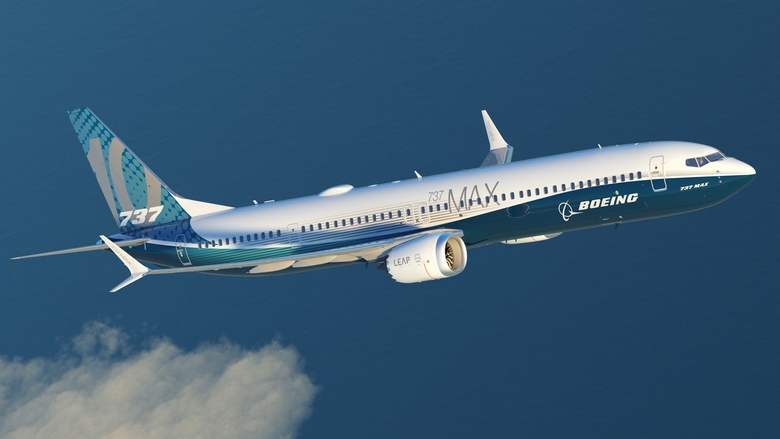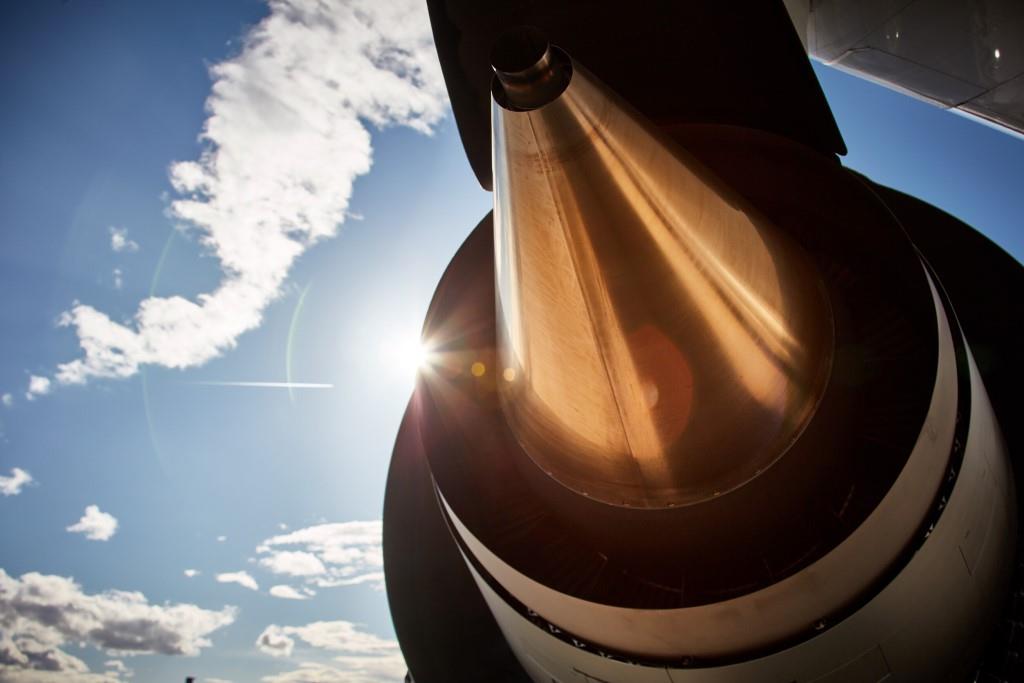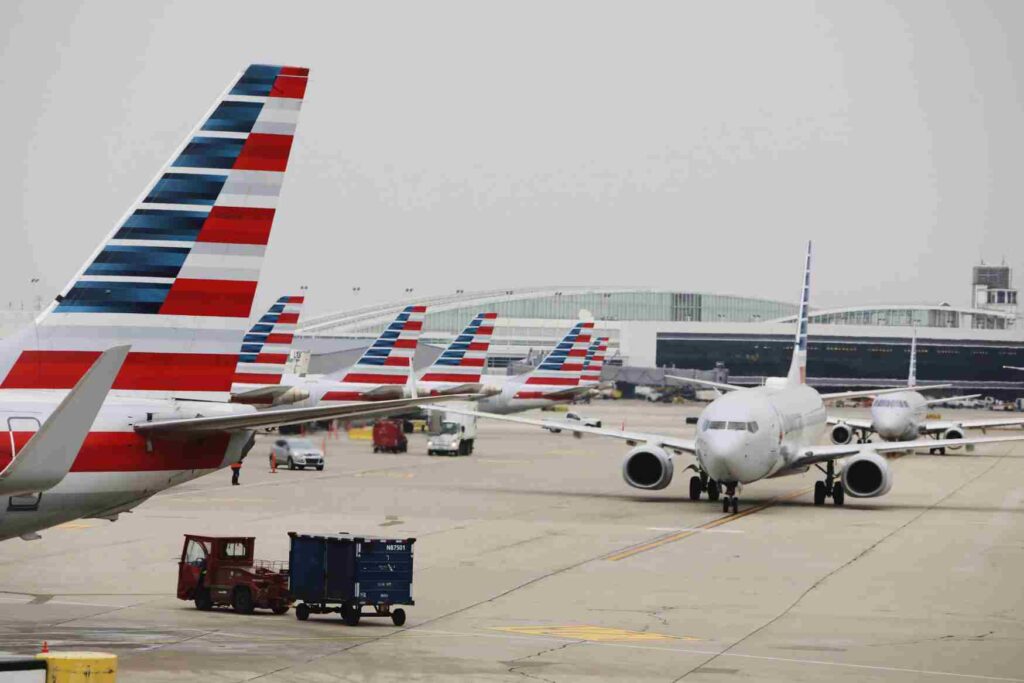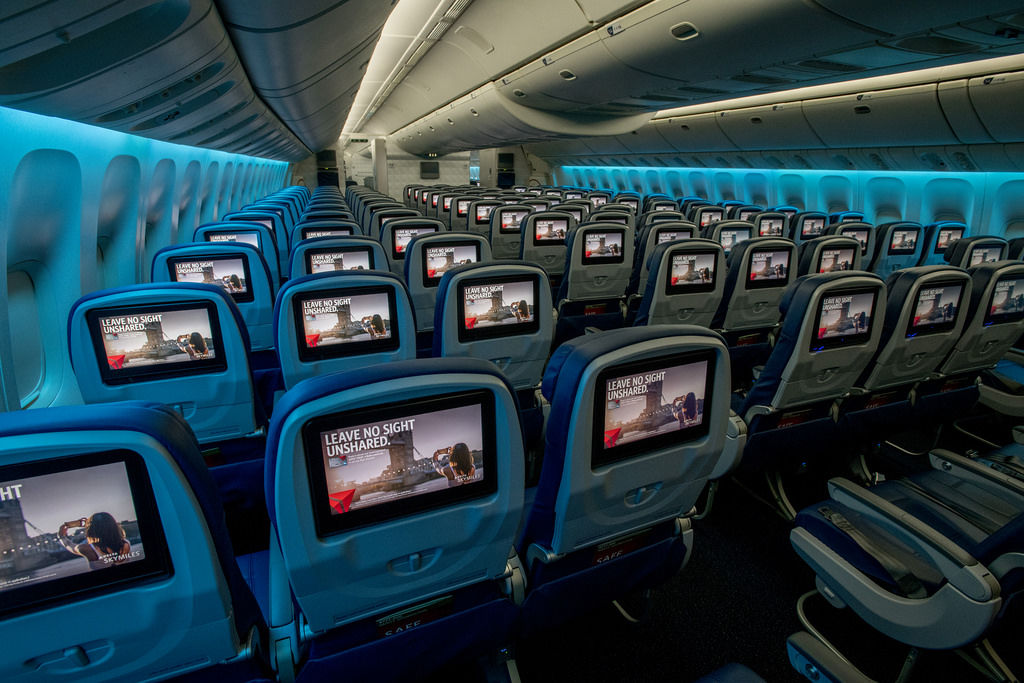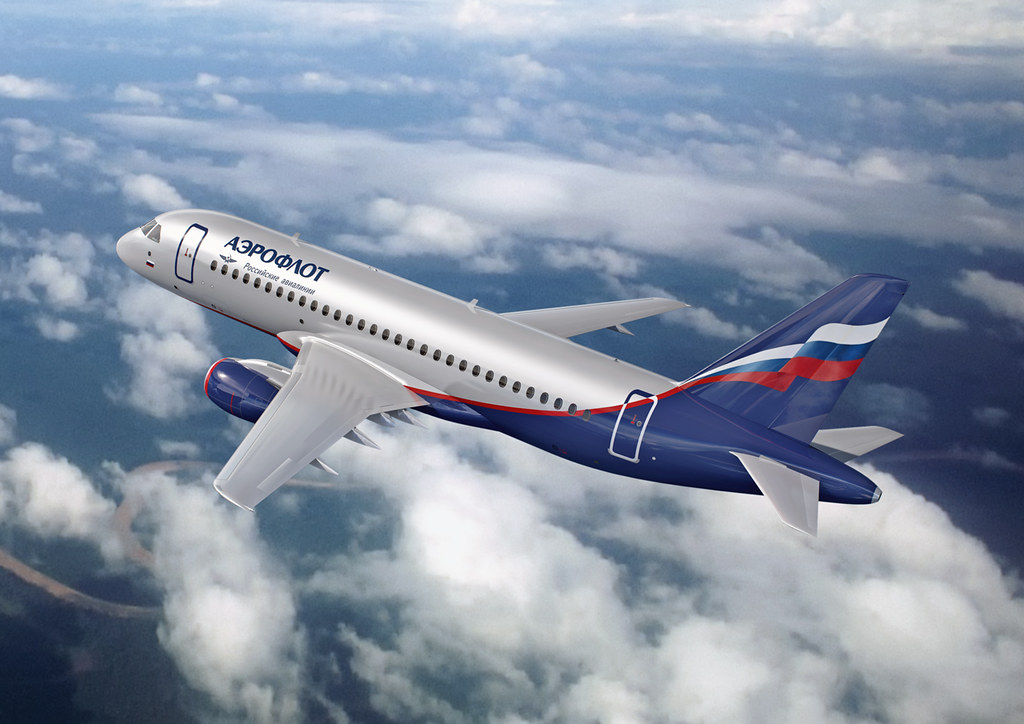Boeing aircraft are now at the center of a deepening trade dispute after China suspended all pending orders, sending shockwaves through the global aviation and tourism industries. The move follows the United States’ decision to impose steep 145% tariffs on a range of Chinese products, escalating tensions between the world’s largest economies.
The suspension immediately affects 179 aircraft scheduled for delivery to China’s top three airlines—Air China, China Eastern, and China Southern—between 2025 and 2027. The halt also extends to U.S.-sourced spare parts, so Chinese carriers are now facing higher maintenance costs and potential disruptions to fleet modernization plans.
The timing couldn’t be worse for Boeing. Still recovering from production setbacks, labor strikes, and $11.8 billion in losses in 2024, the company was counting on its Chinese orders to help stabilize its cash flow. Boeing traditionally receives most payments only upon aircraft delivery, meaning the freeze directly affects its near-term financial outlook. By the end of 2024, Boeing had 55 undelivered aircraft in its inventory—many intended for Chinese and Indian customers.
Airbus, Boeing’s European rival, stands to gain from the standoff. With a final assembly line already operating in Tianjin, Airbus is ramping up production to meet surging demand in China. Meanwhile, China’s own state-supported aerospace company, COMAC, is advancing its C919 jet program. Though it trails behind Boeing and Airbus in global competitiveness, the C919 is increasingly seen as a symbol of China’s push toward self-reliance in high-tech industries.
China accounts for roughly 15% of global aviation demand today, expected to rise to 20% in the next 15 years. Losing access to this expanding market places Boeing at a serious disadvantage, not only in terms of lost revenue but also in its long-term position in Asia’s aviation future.
The tourism and travel sectors are already bracing for ripple effects. Delayed aircraft deliveries and rising operational costs could lead to fewer available flights and higher ticket prices—especially on international routes connected to and from China. That could mean reduced travel options for leisure and business travelers, as airlines look to absorb added costs or adjust schedules.
For now, industry observers are watching closely to see if this suspension becomes a long-term policy shift or a temporary pressure tactic in ongoing trade negotiations. Either way, the message is clear: the aviation sector is not immune to geopolitical battles, and the fallout from this latest move could reshape global travel patterns for years to come.


